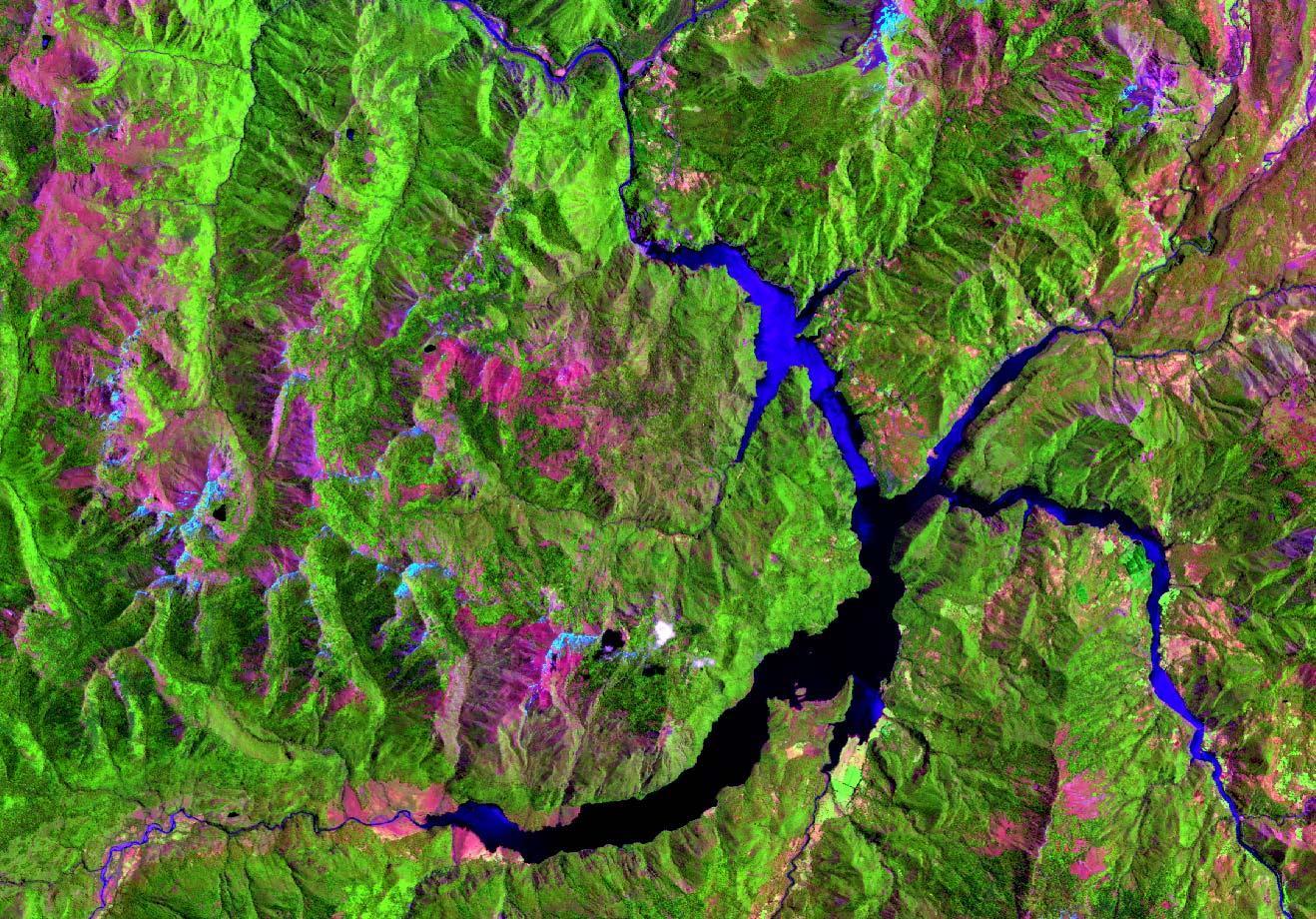
Modeling the relationship between reflectance and biophysical variables that characterize the different land covers, is essential to correctly upscale data collected on the field, to satellite data. Modeling can be done either through empirical models that use simple or complex equations to relate field data to remote sensing data, or, by using radiative transfer models, that are based on the physical properties of the different elements (e.g. water, vegetation, soil) and their interaction with reflectance. Estimates of biophysical variables, such as evapotranspiration or vegetation moisture content, are crucial to study the variables that influence productivity or vegetation status. Similarly, moisture content is a key factor to estimate fire risk and flammability. This is only one example of the many applications of modeling biophysical variables from remote sensing data, enabling generation of products that assist in land management decision making processes.